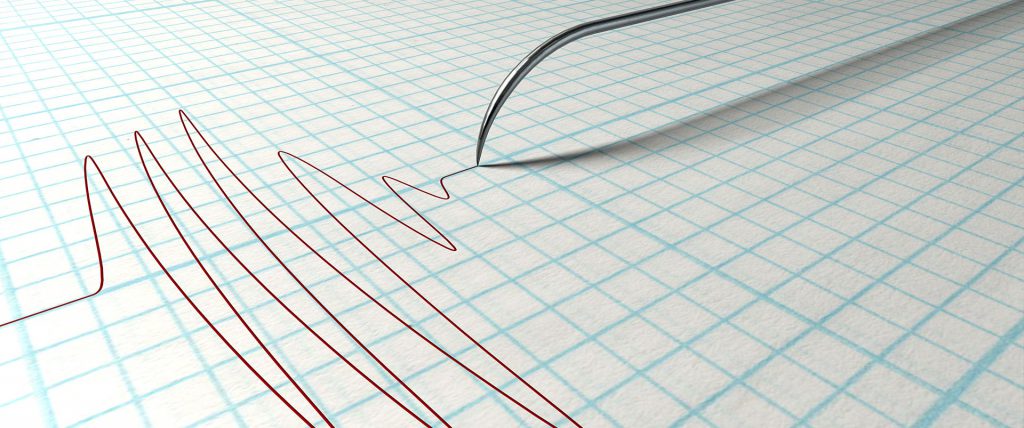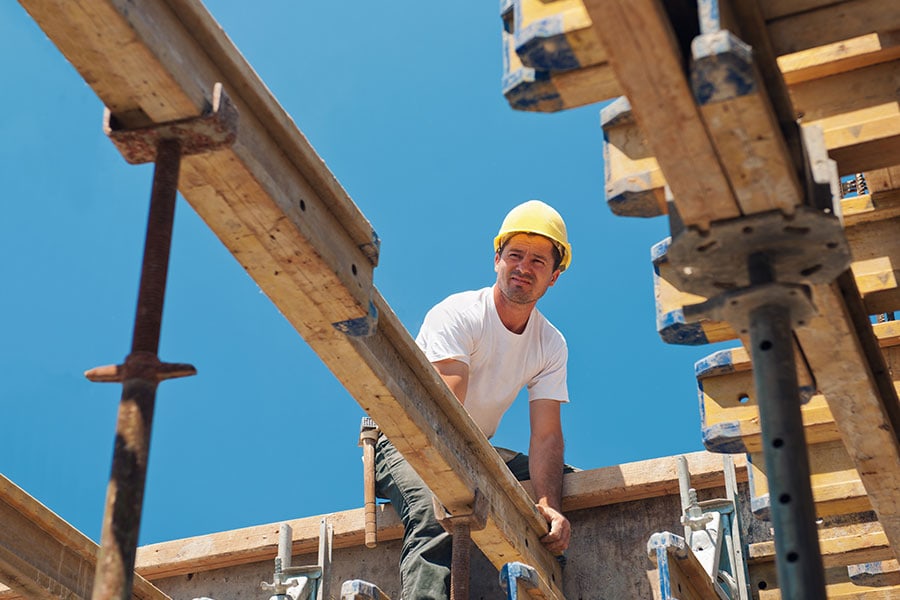A 6.4 magnitude earthquake recently shook the small town of Ridgecrest. It was a surprise to many, but historically Southern California has had a lot of earth movement. People who have not lived in Southern California for a long time may think they are unusual or may have been surprised, but historically they are more usual than not according to earthquake experts.
The quake happened at 10:33 a.m. In the Searles Valley in Kern County, north of Barstow and 25 miles from Ridgecrest. It registered a depth of 6.6 miles. It was the biggest earthquake in 20 years. In 1994 there was a 6.7 earthquake near Northridge, and there have been few of that size since.
“This has been an extremely quiet, abnormal time,” Cal Tech Seismologist Lucy Jones said. In the decade before the last large quake, there were six that registered 6.0 or larger. This year was the 25th anniversary of a 6.7 magnitude Northridge Earthquake that killed 57 people and caused extensive damage. The largest earthquake in recent memory was a 7.3 magnitude quake that happened near Landers in 1992.
Because earthquakes have been relatively rare in recent years, builders may not have taken as many precautions as they might have if they were more common. As a result houses and other buildings could see more damage if there is a major quake. Some L.A general contractors may be able to do some seismic retrofitting to make homes and buildings more resistant to earthquakes.
There were aftershocks and minor trembles felt in the area throughout the day. While earthquakes cause damage, the aftershocks can as well.
The area has historically had a lot of quakes because of the fault lines in California. The San Andreas Fault is the most well-known, but there are many in the state. But in recent years there have not been many, and that may be causing pressure to build up.
Jones, said the area has been in an “earthquake drought” for several years. Historically they have been more common in Southern California.
The earthquake was far from the San Andreas Fault, which is famous for earthquakes. The recent one should not affect that area, Jones told a press conference after the quake.
People in and around Ridgecrest were most affected. Firefighters from San Bernardino and Kern Counties responded to a call for a structure fire. There were also reports of downed in as some water lines reported damaged. There were buildings with cracks as a result of the earthquake. Caltrans was repairing cracks on Highway 178 in San Bernardino County. No injuries were reported.
Ridgecrest evacuated its hospital to inspect the structure for safety. Rides at Disneyland and Six Flags were stopped for a short time as a precaution. Some stores had shelves tipped over.
Ridgecrest resident Amanda Callaway was driving a vehicle on the north side of Ridgecrest when the earthquake happened. She thought she had a flat tire when she felt the ground shaking.
“We got out and we can actively see the road undulating. It’s intense. I’ve never seen anything like this. We can see the road shaking. It was a trip,” she said.
Another Ridgecrest resident, Jessica Bennett said she was at home when the earthquake happened. It knocked things off her dresser and moved some furniture around. She said she did not start cleanup immediately because more shaking was expected.
“It was scary indeed,” she said.
She said she saw no major damage. When she got home she found a bottle of wine tipped over and a scared dog.
About 6.900 customers had power outages according to Southern Cal Edison spokesman Robert Villegas. Power was expected to be restored by late that night.
City official in Ridgecrest declared a state of emergency even though there appeared to be little damage. Ridgecrest Mayor Peggy Breeden said the state of emergency declaration allows the city to seek help from other government agencies.
“We have had over 87 aftershocks. We don’t know what’s going to happen, Breeden said of the Ridgecrest earthquake.
The trembles were felt a far away as Desert Hot Springs according to social media. There were also reports of people feeling the earth move from North Las Vegas, Woodland Hills, Palmdale, La Puente, Santa Maria, Santa Ana, Visalia, Hanford, Lemoore, Porterville, and Covina.
There were aftershocks being felt, and Lucy Jones said it would not be unusual for there to be more of them in the coming days.
Jones said that area has “traditionally been ripe for robust sequences” of earthquakes. She noted a 5.1 magnitude earthquake struck the area in 1982 and aftershocks were felt for six months. Several of those shocks were at about 4.0 magnitude.
She said there is an 80 percent chance there will be another quake at about the 5.0 magnitude level in the near future. The Ridgecrest area has a lot of small fault lines, and she said two of those, in particular, were affected by the recent earthquake.
The LA area probably will not get many aftershocks, she said. “Up in the Owens Valley I am sure they are feeling lots of aftershocks,” she added.
Robert Graves, a USGS seismologist said the temblor activated the state’s early warning system. They added that the City of Los Angeles alert App did not make cell phone alerts to citizens because it did not pass a certain threshold. They said that requires there to be a likelihood of more temblors and potential damage.
“Any earthquake that occurs releases some tension. But there is a tremendous amount that’s built up since the last major earthquake,” Graves said.
The largest earthquake on record was on the San Andreas Fault that shook southern and central California on Jan. 9 1857. It caused the Kern River to flow backward for a time and uprooted a lot of trees in the mountains. California was sparsely populated at the time and only two deaths were recorded.
Jones said there is a five percent chance the area could get a bigger earthquake soon. She added more aftershocks could happen, but she is not expecting them to cause a lot of damage.
While earthquakes used to be normal, they are unusual now. This means some L.A general contractors may not have been taking earthquakes into consideration as much in recent years. This could mean some seismic retrofitting might be in order. There are likely to be more aftershocks, and the one quake near Ridgecrest could signal more earthquake to come in the SoCal area.
A sheer wall or concrete could easily be damaged by even a smaller earthquake than the one that was recently felt. Even welding can be damaged by earth moving. We could also get some that are as strong as the Northridge earthquake. Los Angeles contractors may start becoming retrofitting contractors as they prepare homes to withstand future earthquakes. Retrofitting contractors, or retrofit experts, can get your home ready for future shaking of the earth. There is also something called a moment frame that can help keep your property safe during a tremblor.
If you have a newer home that may not have been built when there were a lot of earthquakes happening, it might be a good idea to contact a retrofit contractor or Retrofit experts to get your home ready for the next earthquake that could happen in Southern California.


